What is a patio light
A patio light refers to any light fixture that provides ambient, task, or accent illumination for a patio. A patio is typically a paved area adjoining a residence at ground level. This open-air living space is generally intended for dining and recreation. Outdoor lighting allows you to create a nighttime oasis. No other element can so dramatically and effortlessly transform an environment, create an atmosphere, inspire a conversation, or engage its guests, as an intriguing patio lighting design. Layers of outdoor lighting can work together to convert a patio into a romantic evening retreat that evokes a wide range of positive emotional responses while providing security and comfort to those who use the space.
Types of patio lights
There are a range of light fixtures that can be used to create an appealing ambience around a patio. Some of them include string lights, wall lights, pendant lights, post lights, inground lights, and lanterns. Among these fixtures string lights are the perfect addition to patios. They provide more coverage than any other fixtures and are extremely affordable and creative to use. These flexible light strings can be draped over the patio or strung on trees, shrubs, patio umbrellas, roof tops and mantels for a lovely radiant accent. Globe string lights that include a series of Edison-screw light bulbs create pleasant ambient light for backyard seating and entertaining. Mini string lights are used to create a festive and gorgeous atmosphere that can liven up the mood in any outdoor space. Hanging lanterns and pendant lights are usually hung above a patio dining table to provide a soft and distinct illumination. Low-level path lights and direct burial fixtures can be placed around the patio to ensure visitors are greeted in style.
LED lighting
Advances in LED technology have led to the development of patio lights that illuminate the outdoors with style, efficiency and peace of mind. LEDs have a significantly longer operational lifetime and higher energy efficiency that traditional light sources. Directional characteristics of LED emission enables better control of the light distribution. The small size and solid state nature of LEDs allow for greater design flexibility and creativity. The semiconductor light source possesses excellent compatibility with advanced dimming and control options such as full-range dimming, dynamic lighting, occupancy sensing, and daylight harvesting. LEDs are low voltage, current driven light sources, which makes them well suited to low voltage and photovoltaic applications.
Power source
Patio lights can be powered in various ways. Edison bulb string lights are usually high voltage outdoor lighting systems, also known as line voltage, which run on a 120V input. The advantage of high voltage lighting is that power is able to travel longer distance from the power source without voltage drop. Since these strings carry a number of Edison-screw bulbs that are connected in series and require a relatively higher wattage, running them on a low voltage (12 or 24 volts) power supply would cause the furthest bulbs from the power supply to experience the largest voltage drop. Low voltage lighting, however, is safer to use and is more convenient to play around with for DIY users. Most landscape lights, such as mini string lights, path lights and inground lights are low voltage lighting systems. Also, there are solar patio lights that run without utility power. Solar lighting eliminates the need for cabling or wiring, which allows for flexibility in location and easy installation.
Design and engineering
A line operated patio light typically includes an integrated driver which converts AC line power to a voltage and current compatible with the LED loads, and may incorporate dimming and control functions. Low voltage patio lights do not have power conversion circuitry. They’re connected to a remote power supply (transformer) which steps down the 120V power to a constant 12V or 24V output. A solar patio light in a self-contained configuration comes integrated with a solar module, battery bank and solar charge controller. The LED module operates on the DC power discharged by the rechargeable battery. While thermal management and electrical engineering are critical to the reliability, efficiency and performance of LED patio lights, the ability of these systems to withstand harsh outdoor environments is just as important.

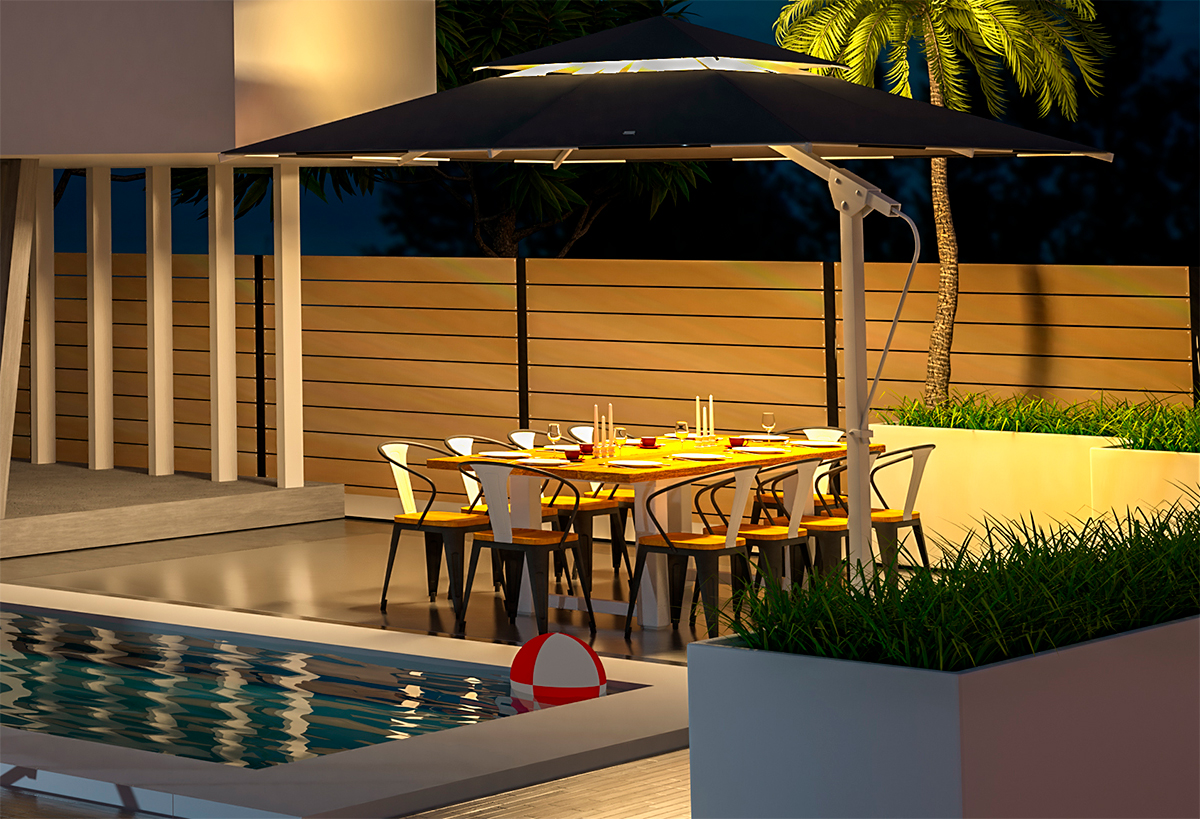
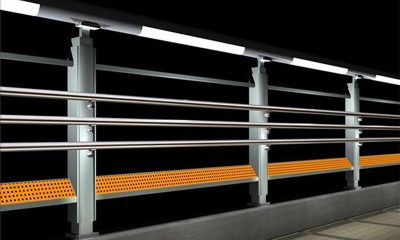



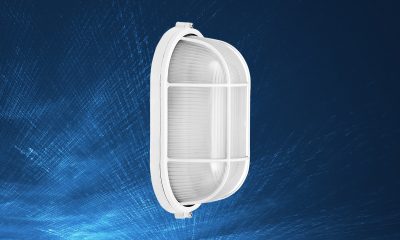

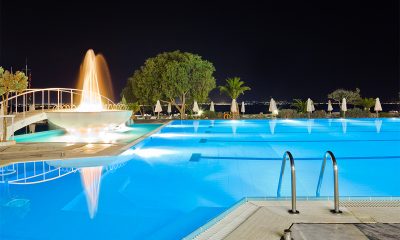
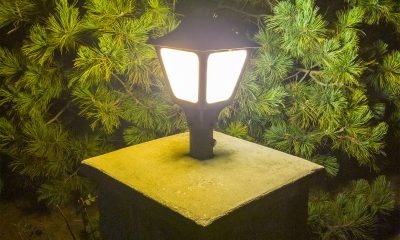









Loading...